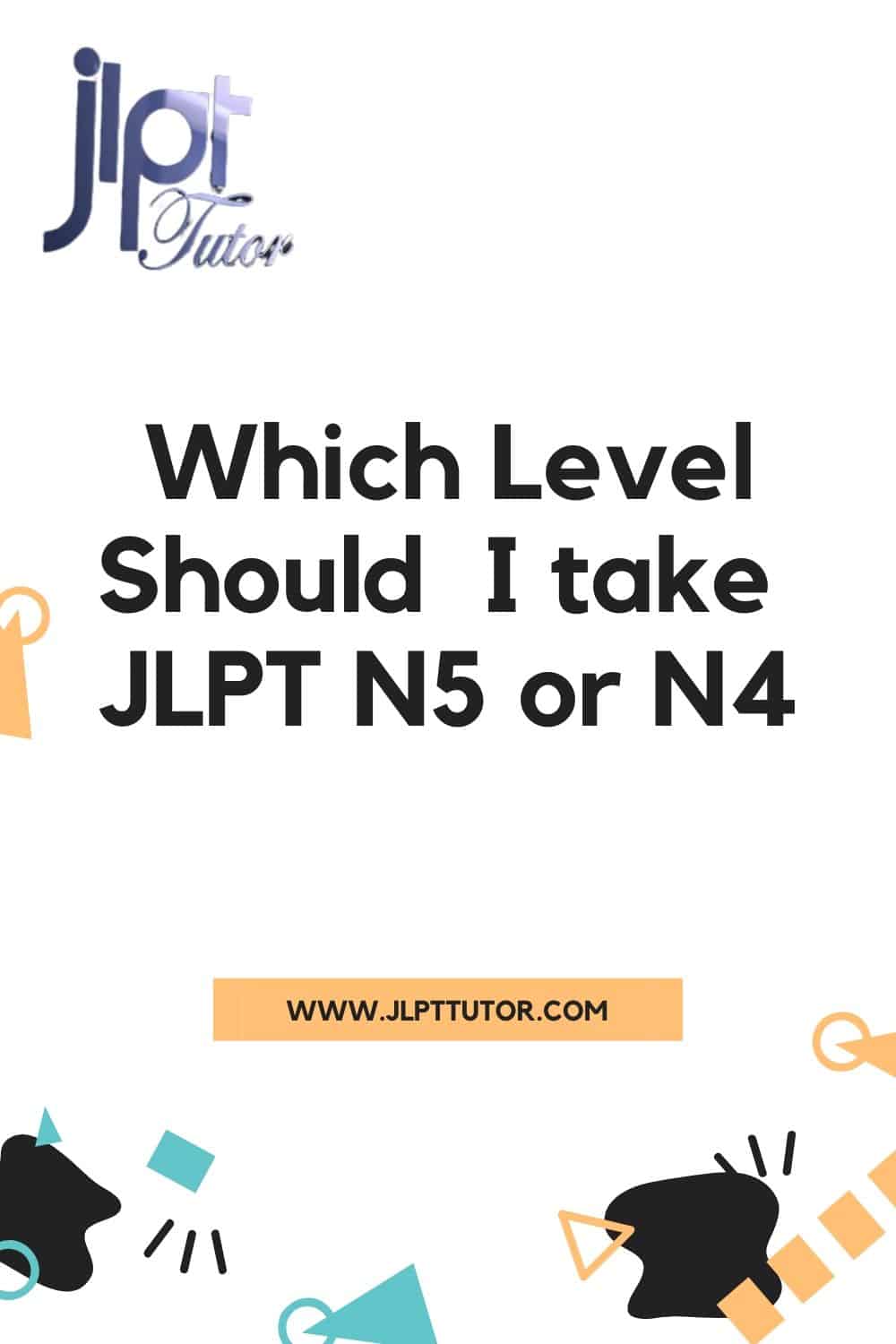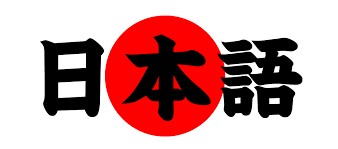Various people learn a second or third language for different reasons; some for personal growth while others as a requirement for particular events. For instance, you may learn Japanese to enhance your interaction with the locals during your trip, a process which has no specific order. You can begin from any characters you are comfortable with. But when it comes to studying or working in the country, your proficiency in the Japanese language must be proved by a valid document.
Japanese Language Proficiency Test, JPLT, is the tool used to assess and certify the proficiency of non-natives in the Japanese language. The test has different levels ranging from the easiest to the most complex, designated as N5-N1. In most countries, JLPT is administered twice a year but some may conduct it only once.
Who should take JLPT?
It would be disheartening when you took the test and later realize it was not an essential requirement for your mission in Japan. Because of the time and money, you would have invested in it. JLPT is only a necessity for those seeking employment or advancing their education in the Asian country. Otherwise, the certification would be of no value for your stay in Japan. When learning Japanese out of personal interest or for fun, you can take the test to gauge your language skills too.
Not every JLPT level will land you the job of your choice. N5 and N4 have very little significance in the job market as they only indicate your interest in achieving Japanese-language proficiency. N2 completion is the minimum requirement for most basic jobs while for higher positions, you must have an N1 certificate. N3 gives you a better chance of being employed compared to the lower levels.
What are the JLPT levels?
As mentioned above, JLPT has five components, known as N5, N4……N1. The goal of each test is different with N5 and N4 determining your level of understanding of the basics while the more advanced N2 and N1 gauge your skills in interactive Japanese language. The assessments are done based on various language activities, including reading, listening, vocabulary and grammar. Each level has the above-listed skills tested at different depths. Broadly, N4 and N5 test for the language basics but the two are not similar, so;
What is the difference between N5 and N4?
Before we discuss the differences, let’s take a look at each separately.
JLPT N5
N5 mainly determines your understanding of some of the basics in a Japanese conversation. It enables you to perform elementary functions such as shopping or meeting new people though you can’t sustain a seamless verbal interaction yet.
The grammar examined at this level is the one necessary for daily interactions. They include foundational particles used to mark various parts of a sentence, tenses and casual vs dictionary forms of the verbs. The test requires you to differentiate the use of different grammar points that may appear similar. A thorough study and drills before the actual test increase your chances of excelling in N5.
Commensurate to its rank, the kanji you are required to master at N5 is very limited. They are only 100 which you can quickly learn with the help of programs like Anki and WaniKani. During your practice, you can consider writing the kanji to enhance your learning though it is not a requirement in the test.
Generally, listening for JLPT is different from the usual listening where we can interject and seek clarifications. Here, you have only one chance, and you must stay attentive to the end. Some questions may have little twists that you must be able to pick out while responding. For N5, you are required to listen and understand conversations centred on daily encounters, including classrooms. Again, you should be able to get essential information from brief and slow verbal interactions.
Reading is the other troublesome bit you may encounter. Reading practice exercises suitable for the test are scarce, but the practice book is recommended. The N5 test examines your ability to read and comprehend the regular language expressions and basic sentences written in some kanji, katakana and hiragana.
JLPT N4
After completion of N5, you enrol for N4 which now tests for broader knowledge of the Japanese language basics. Others find it comfortable to start the learning from here, which works favourably for those with some background knowledge.
The language activities tested are similar to those in the former level. However, you must know approximately 300 kanji with an additional 700 vocabularies. The test also requires you to read and appreciate the content of paragraphs talking about daily events. These should be written in commons words and kanji. While listening, you should be able to follow the themes of diverse conversations relating to daily encounters provided the speed of speech is low.
In summary,
Passing N5 requires you to know about 100 kanji and 800 vocabularies while N4 needs you to know approximately 300 kanji and 1500 vocabulary words.
In N5 test, you should be able to pick up essential information from ordinary conversations while N4 requires you to understand and follow the content of discussion on daily encounters.
For JLPT N5, you should be capable of reading and understanding basic sentences that are written in some kanji, hiragana and katakana. On the other hand, for the N4 test, you should be able to read and comprehend passages on daily life themes written in kanji and basic vocabulary.
The grammar points assessed in N4 are also more complex than the ones in N5.
Should I take N5 or N4?
Given the nature of the two tests, the decision to sit for either N5 or N4 as your first proficiency test majorly relies on the level of your preparation taking into account that N4 is harder than the N5.
Conclusion
N5 and N4 both test for the basic knowledge of the Japanese language but the former is more demanding. The two differ in the level of language skills required including grammar, vocabulary, reading and listening.

